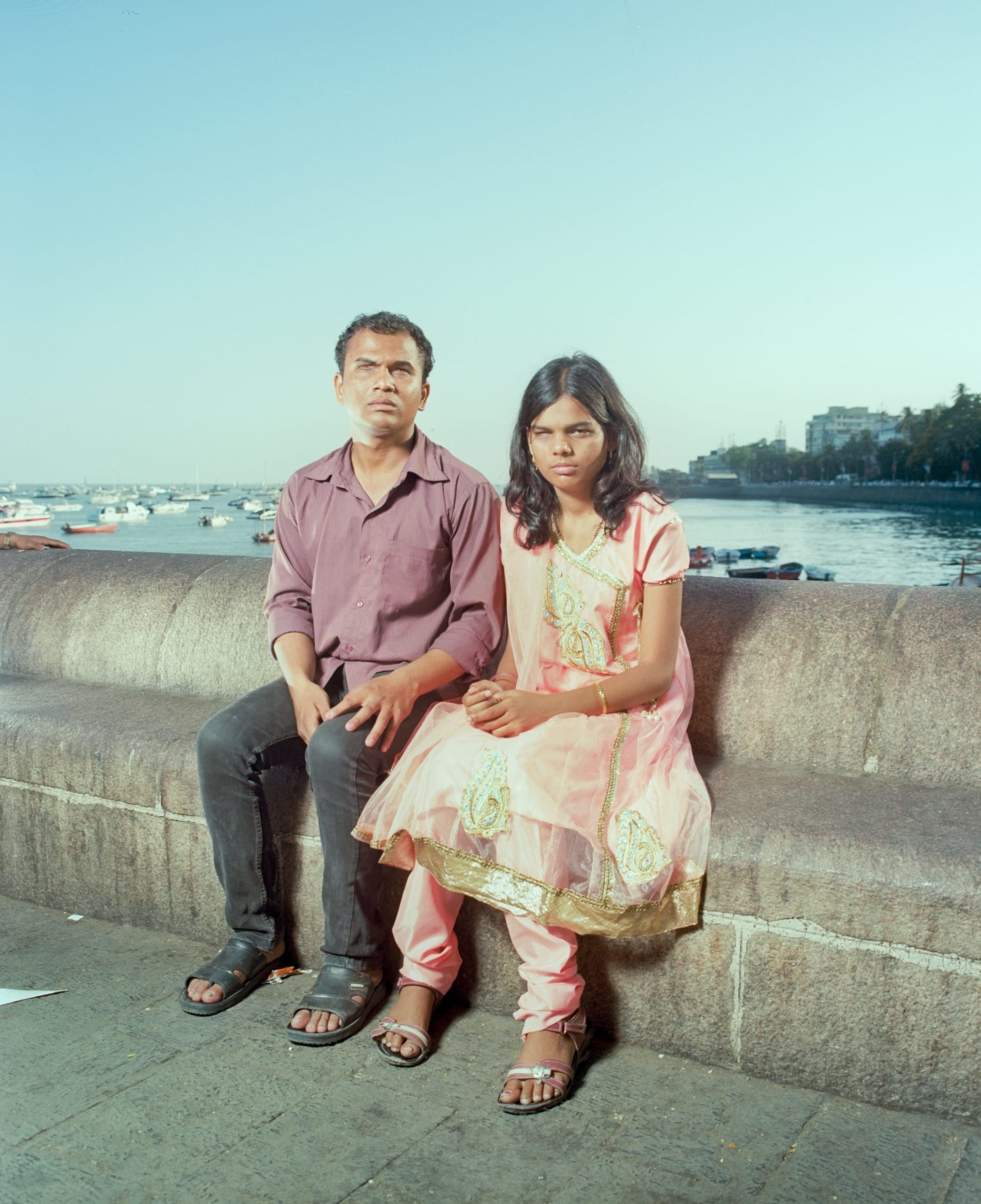How do you communicate, through photography, what it’s like to live in a city like Mumbai? A city of such variety, ethnically and economically, one of total poverty for so many and free of want for a few.
Traditionally, Western photographers have approached the city from a humanitarian perspective, using people – their expressions, gestures, moments of clarity – that might symbolise the social realities of the city
Max Pinckers, the 27-year-old Flemish photographer newly invited into the Magnum Photo Agency, found a new way to visualise Mumbai. In The Fourth Wall, Pinckers photographed, with a careful, cool composition, how human beings apply their creativity, how they problem solve, how, in the most basic ways, they use ingenuity to survive and overcome the hardships of their environment.
First released in 2013, The Fourth Wall caused huge waves in photography world. The Europalia International Arts Festival, in its 24th biennial, quickly commissioned Pinckers to continue his India work. The Brussels-based festival highlights the artistic and cultural output of one country. In 2011, the featured country was Brazil; in 2013, it was India.

Pinckers was initially reluctant to commit to another project on India, concerned that he would be typecast as ‘the guy who does India’. But the opportunity presented by the commission and the openness of the brief convinced him this was a chance to develop the style he had exhibited in The Fourth Wall, where the documentary and the fictional mix in a distinctive way that references both the retro look of 1970s Hindi cinema and the visual landscape of contemporary Mumbai.
The only problem was Pinckers didn’t have a subject. “The brief was open and I could choose whatever I wanted to work on for however long I wanted, but it was difficult to find a subject. The Fourth Wall had no specific focus; it had a Bollywood theme, but it was very general. So I started thinking about things that had caught my eye while making The Fourth Wall – things that had more of a focus.”

